In the News

April 13, 2021
A research team, including the Cornell Wildlife Health Center’s Dr. Martin Gilbert, published a case report describing the death of a Bengal tiger in Bhutan from neurocysticercosis (the presence of larval tapeworm stages in the brain). Bengal tigers are endangered, with only 103 individuals estimated to remain in Bhutan, with more in other range countries including India and Nepal.
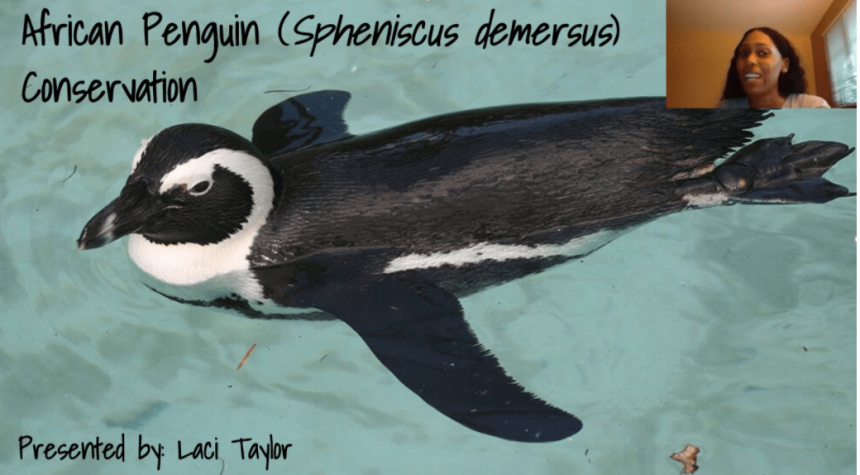
Blog
April 08, 2021
As an aspiring veterinarian interested in zoological medicine, I have tried my best to take advantage of all zoo and wildlife opportunities available to me. When I think about the kind of veterinary career I want to have, it is one where I can combine my interests in conservation, international travel and cultural immersion....
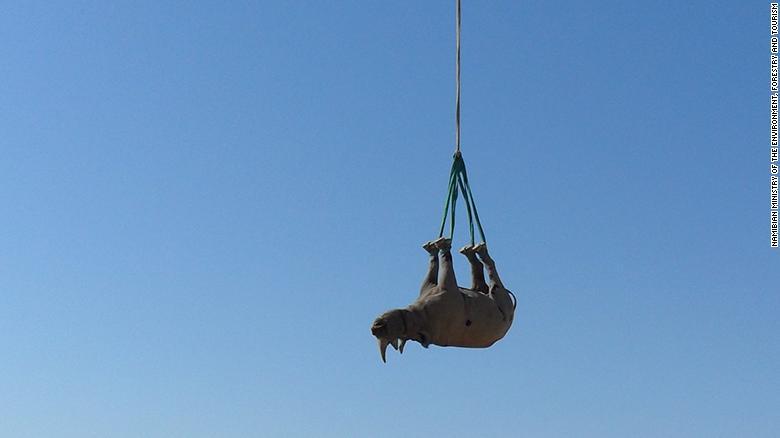
April 05, 2021
A research team led by Cornell's Dr. Robin Radcliffe found that airlifting critically endangered black rhinos upside down when moving them away from poaching hotspots is better for rhino health than lying them down on stretchers.
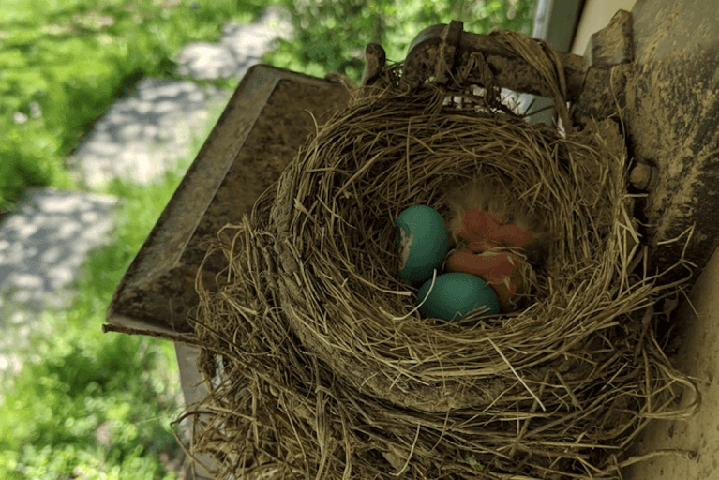
Blog
April 01, 2021
Growing up in suburbia there was always an injured bird that needed care, and my house during the springtime quickly became rehabber central. There are a lot of things that my mom wished our neighbors and community had known so we could have had fewer patients. I hope to share some of our baby bird tips and tricks with you here....
Announcement
March 29, 2021
The Wild Carnivore Health Program was awarded a grant from the Wild Sheep Foundation to introduce a program of pathogen surveillance focused on argali and Siberian ibex to help maintain viable herds of wild sheep and goats in Kyrgyzstan and elsewhere in Central Asia.
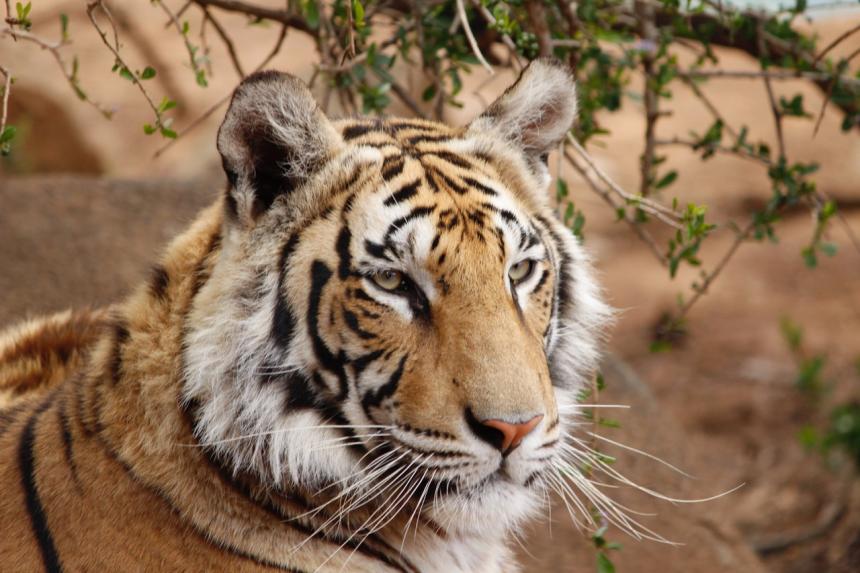
March 26, 2021
Canine distemper threatens a key group of Amur tigers, but an unconventional vaccination program could help. Researchers have found that vaccinating tigers for canine distemper virus can play a key role in improving conservation outcomes for small, isolated tiger populations at risk.
March 24, 2021
Research analyzing the prevalence of dental diseases in captive jaguars in Belize was recently published by Lindsey Schneider, DVM ’13, and a team of veterinary colleagues in the Journal of Zoo and Wildlife Medicine. Dr. Schneider completed the research during her residency in Dentistry and Oral Surgery at the Cornell University College of Veterinary Medicine.
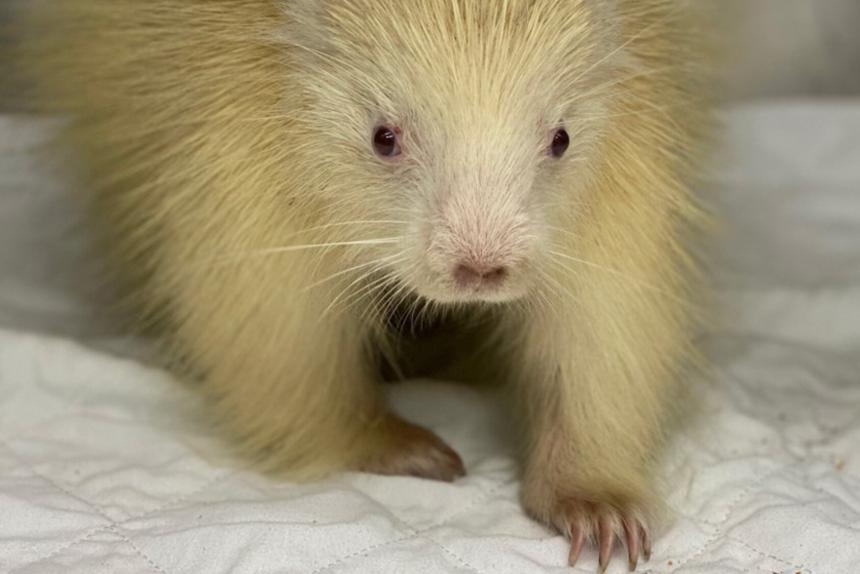
March 22, 2021
With 1,750 native wild animals being treated last year, the Janet L. Swanson Wildlife Hospital provides free, lifesaving care to a wide range of species and invaluable training for Cornell veterinary students.
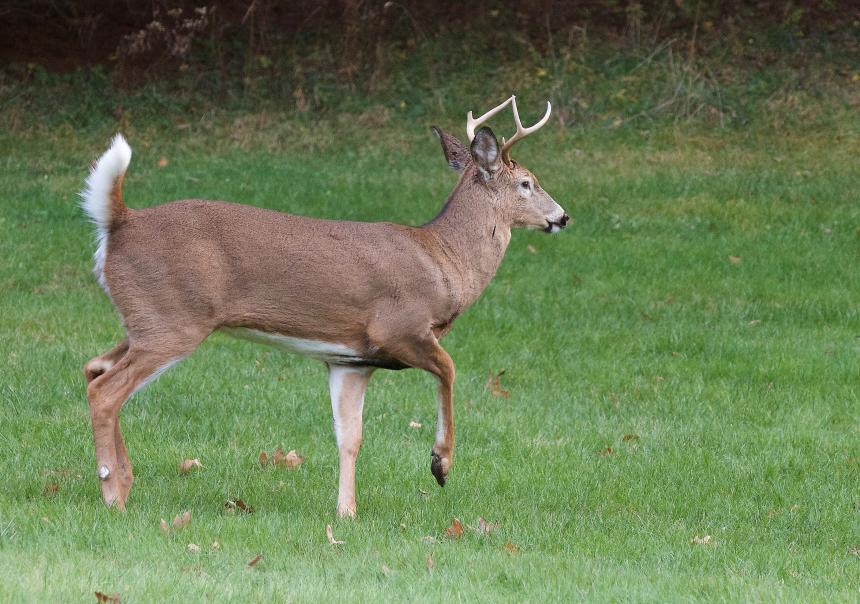
Announcement
March 19, 2021
Chronic wasting disease is a progressive, fatal, degenerative neurological disease of captive and free ranging deer, elk, and moose. The Cornell Wildlife Health Lab received a grant to assess and quantify risk factors for the introduction of chronic wasting disease in Virginia and to design a state-wide surveillance plan.

March 17, 2021
Human behaviors have led to "our broken relationship with wild nature," says the Cornell Wildlife Health Center's Dr. Steve Osofsky in Thomas L. Friedman's latest New York Times column discussing what we must do to prevent the next pandemic.
